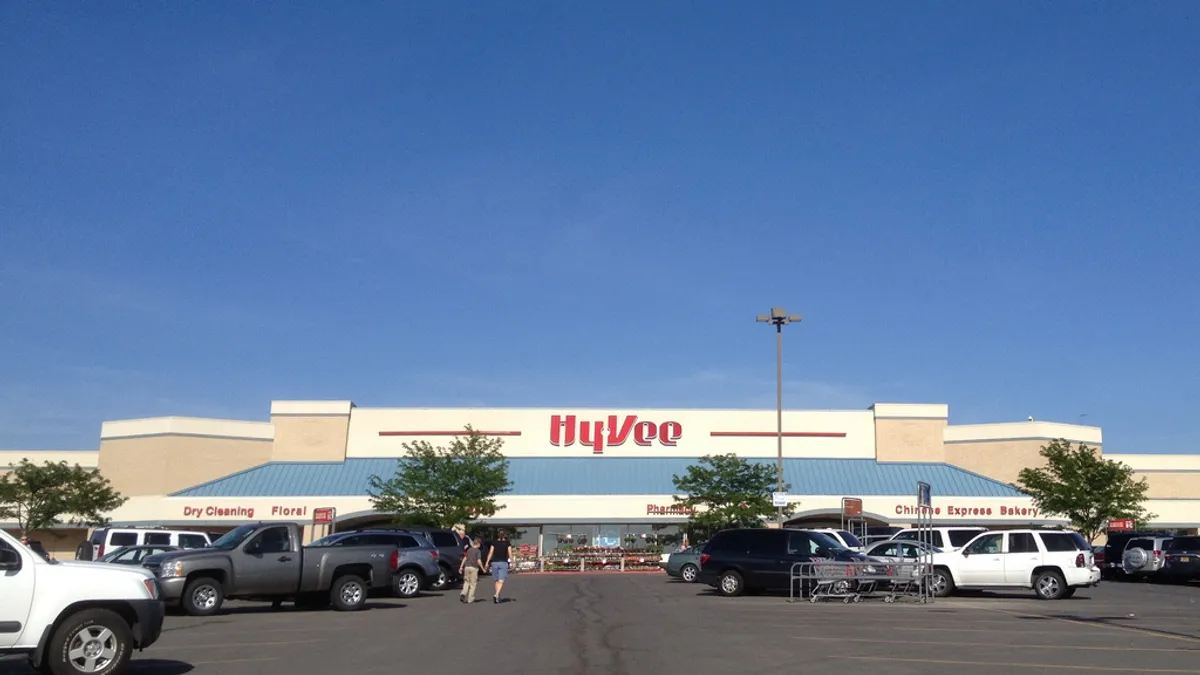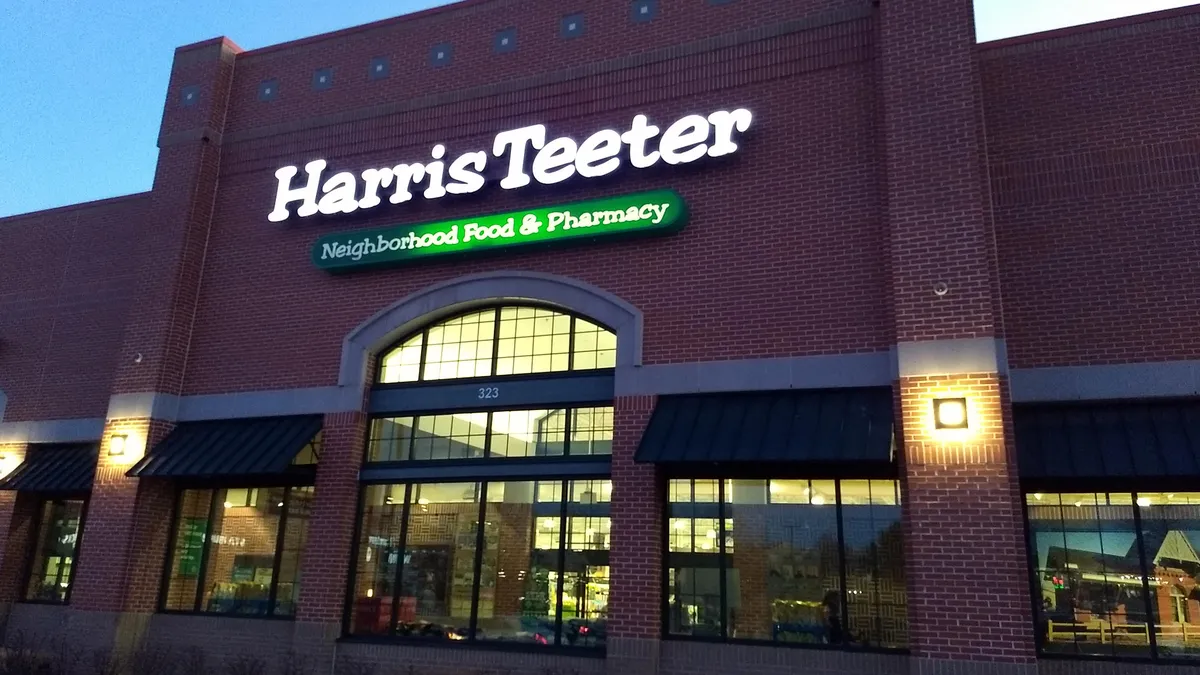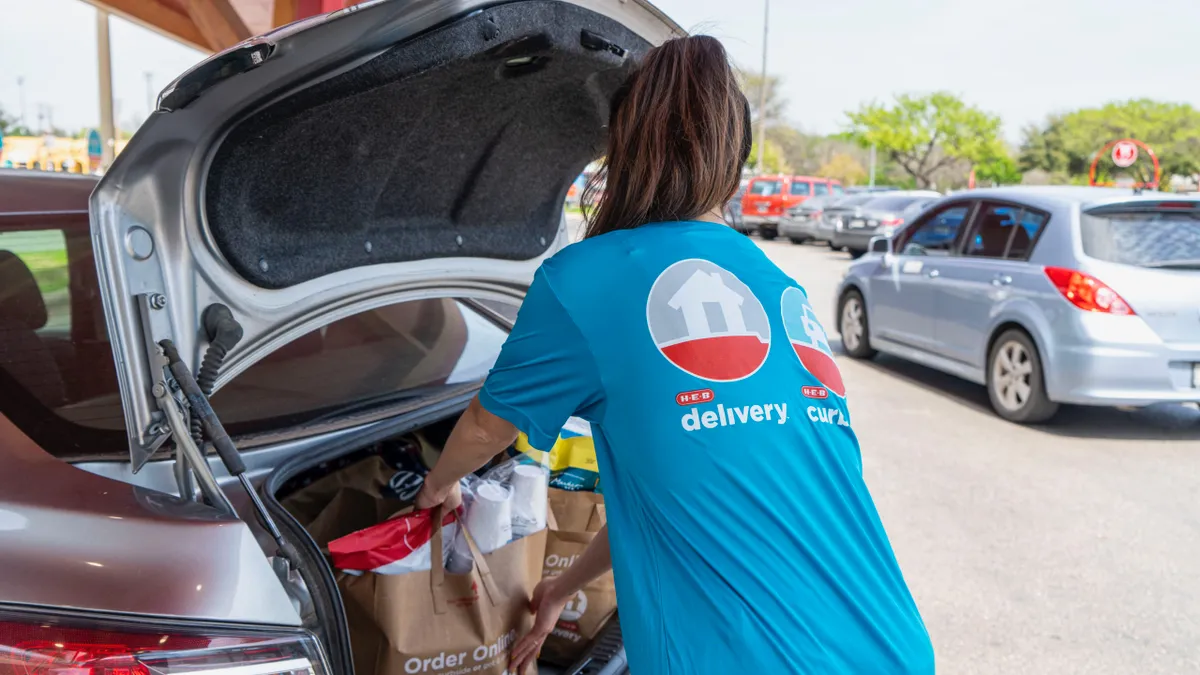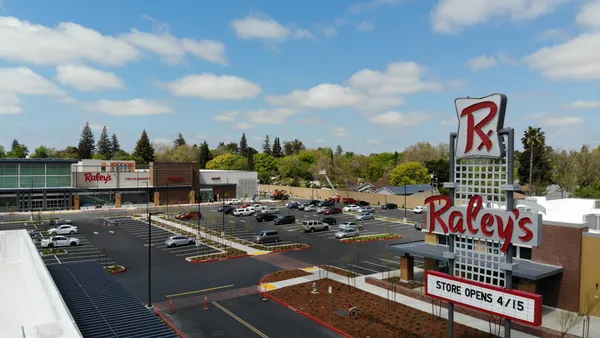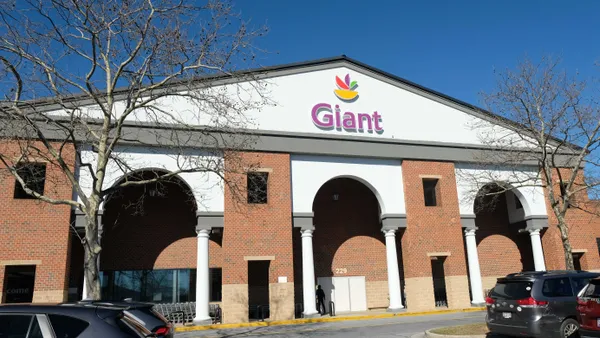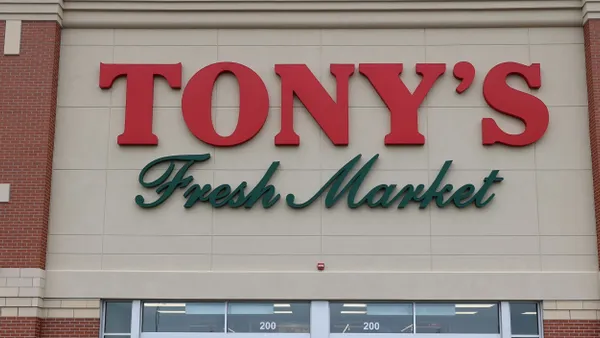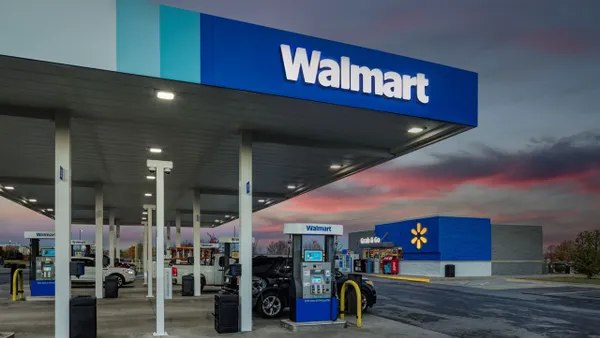Dive Brief:
- Des Moines, Iowa-based Hy-Vee has plans to operate 12 supermarkets in the Minneapolis/St. Paul metro area by the end of 2019, according to the Duluth News Tribune.
- The company first entered the market in 2015 in New Hope, Minnesota, and has since opened seven stores in the metro area.
- Cub Foods, the Twin Cities' market share leader, is expected to put more than 50 stores up for sale following parent company Supervalu's acquisition by United Natural Foods in July.
Dive Insight:
Last year, Hy-Vee decelerated its Twin Cities’ growth, making sure it had the right store models for the metro market and that it was charting an effective course. That course seems a bit clearer now with the company’s 12-store plan.
Hy-Vee must smell blood in the Minnesota water as it looks to capitalize on Cub Foods’ shrinking footprint. United Natural Foods laid out plans to sell Cub Foods shortly after its $2.9 billion deal, noting that the company’s 78 Minnesota stores will be divided up among other chains, with some possibly closing. According to the Star Tribune, Supervalu never fully recovered from the recession and intensifying competition in the market and, as DJL Research supermarket analyst David Livingston told the paper, “when the market leader is mediocre, it invites competition.”
That doesn’t mean the path will be easy for Hy-Vee. The Twin Cities market is currently experiencing a grocery boom, according to the Pioneer Press, with expansion plans or discussions from Lunds & Byerlys, Trader Joe’s, Fresh Thyme and Kowalski’s Markets, among others. This mix could change even more as Cub Foods woos potential buyers, including deep-pocketed Kroger and Amazon’s Whole Foods. Hy-Vee itself has been identified as a potential buyer for some of the vulnerable Cub Foods locations. In the saturated grocery industry, the opportunity to snap up locations in competitive markets doesn’t come along very often.
Whatever happens, one thing is certain: Competition will remain stiff in the Twin Cities market as food retailers jockey to cater to the 250,000 new residents that have moved into the market since 2010.
Hy-Vee will attempt to stand out from this crowd with its diversification efforts – expanding its Market Grille restaurants, partnering with Wahlburgers and Orangetheory Fitness, jumping into new categories such as beauty and apparel, and more.
“If you look at experiences as a driving factor of differentiation, Hy-Vee has been leading the charge in creating an experiential shopping environment in a way that few other retailers have figured out how to compete with,” Diana Sheehan, director of retail insights with Kantar Retail, told Food Dive last year.
The company also plans to shrink its store footprint, from about 95,000 square feet to 65,000-to-80,000-square-foot stores. According to CEO Randy Edeker, Hy-Vee is designing small stores with “more ecommerce and digital shopping in mind.”
Hy-Vee continues to be somewhat conservative – the company has delayed building a 1-million-square-foot distribution center in Austin, Minnesota, for now. However, with the company ramping up its growth plans again, that may soon change. With the Hy-Vee growth plans and the Cub Foods narrative, the Twin Cities market will continue to be worth keeping an eye on.


